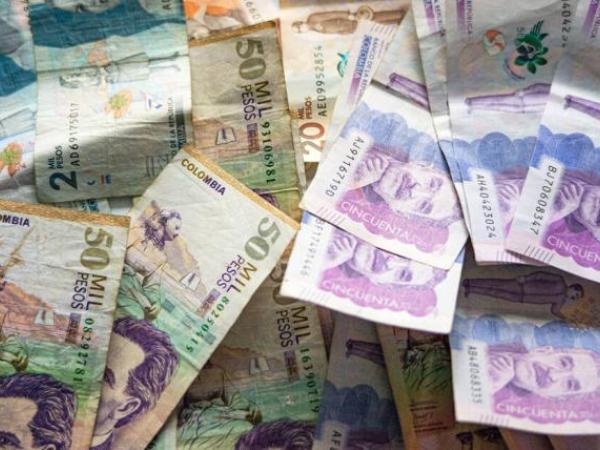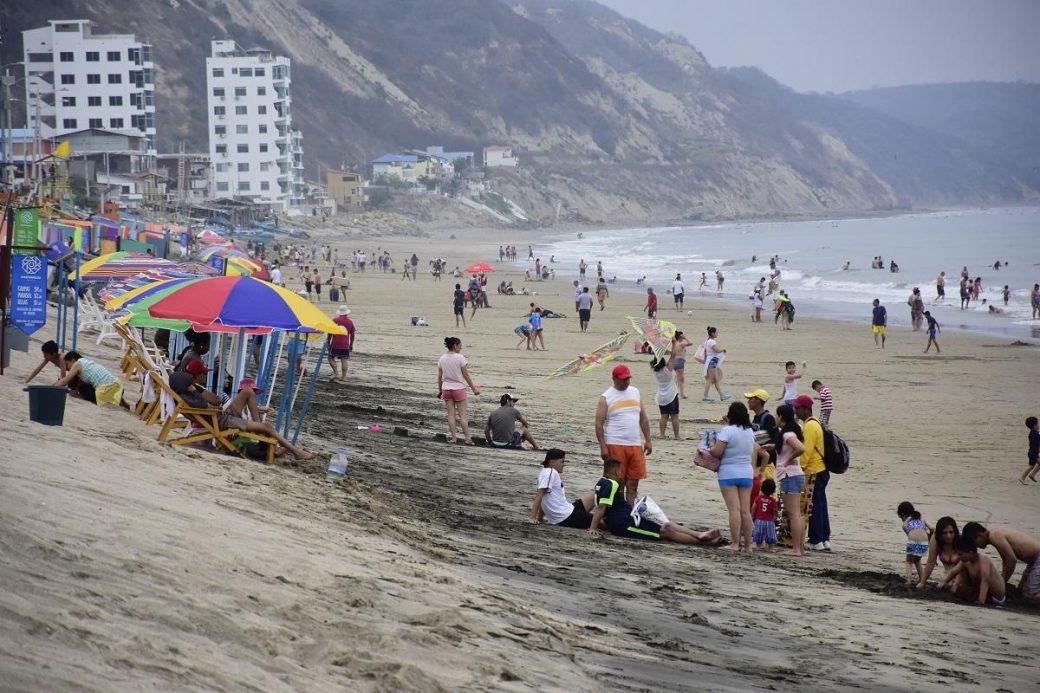Why, if inflation increases and the dollar is at a historically high level, is it said that the economy is growing? Can we speak of economic growth despite this scenario?
(GDP, lower investment and expensive credit, effects of rate hikes).
That is one of the questions that people ask themselves the most when think tanks, multilateral organizations, economic experts and the Government itself speak of a historic growth in the Colombian economy, even above its peers in the region and with positive forecasts for the next years.
This Tuesday the Dane will deliver the results of the 2021 gross domestic product, whose forecasts They estimate that the national economy would close with growth close to 10%. However, the forecasts contrast with the increase in prices (a problem that not only Colombia faces, but also most economies), which and an expensive dollar due to the depreciation of the local currency, situation that impacts income due to increased import costs, among others.
It is worth remembering that inflation in 2021 was 5.62% and the dollar is trading close to 4,000 pesos.
However, there are other variables that have a greater impact on growth, directly tied to economic activity, which has shown significant progress compared to last year, when several industries had to close or be confined due to the covid-19 pandemic.
(The 22 trends that will mark the economy during 2022).
According to the latest Dane report on Gross Domestic Product, the economic activity that contributes the most to growth in the third quarter of 2021, which stood at 13.2%was the wholesale and retail trade, after the reactivation cycle began.
According to the Dane, during the current year of 2021, GDP shows a growth of 10.3% compared to the same period of the previous year in its original series and after a review, the Government estimates that it will close in the order of 10.2% for this year, which represents an increase over the latest projections that were 9.7% and 8.5%.
In other words, growth is tied to other variables such as economic activity, trade and industry rates, and job creation.
“That means that the growth of the Colombian economy occurs in an inflationary and devaluation environment, aspects that, in one way or another, do not compete as economic variables that affect GDP. Economic growth refers to volume values, that is, the amount of things that are produced in the economy or consumed by households”, says Camilo Herrera Mora, founder of the Raddar firm.
However, the expert considers that it is very striking to see how the economy continues to grow in a very positive way despite the environment of inflation and devaluation.
“Inflation and devaluation are going to be handbrakes, which, in one way or another, are going to slowly cause household spending to slow down and the economy to return to more or less stable growth levels to which it has had after the ‘boom’ of household spending after covid”, manifest.
(Economic growth would strengthen in 2022).
This means that next year growth is likely to lose the rebound effect left by 2021.
Faced with the devaluation of the peso, Herrera points out that this will make the importation of products much less due to the costs involved, but acknowledges that it could be positive to balance the trade balance since it would lead to an increase in exports.
The expert concludes that both inflation and devaluation are going to be phenomena that in the medium term will help regulate the economy.
BRIEFCASE







